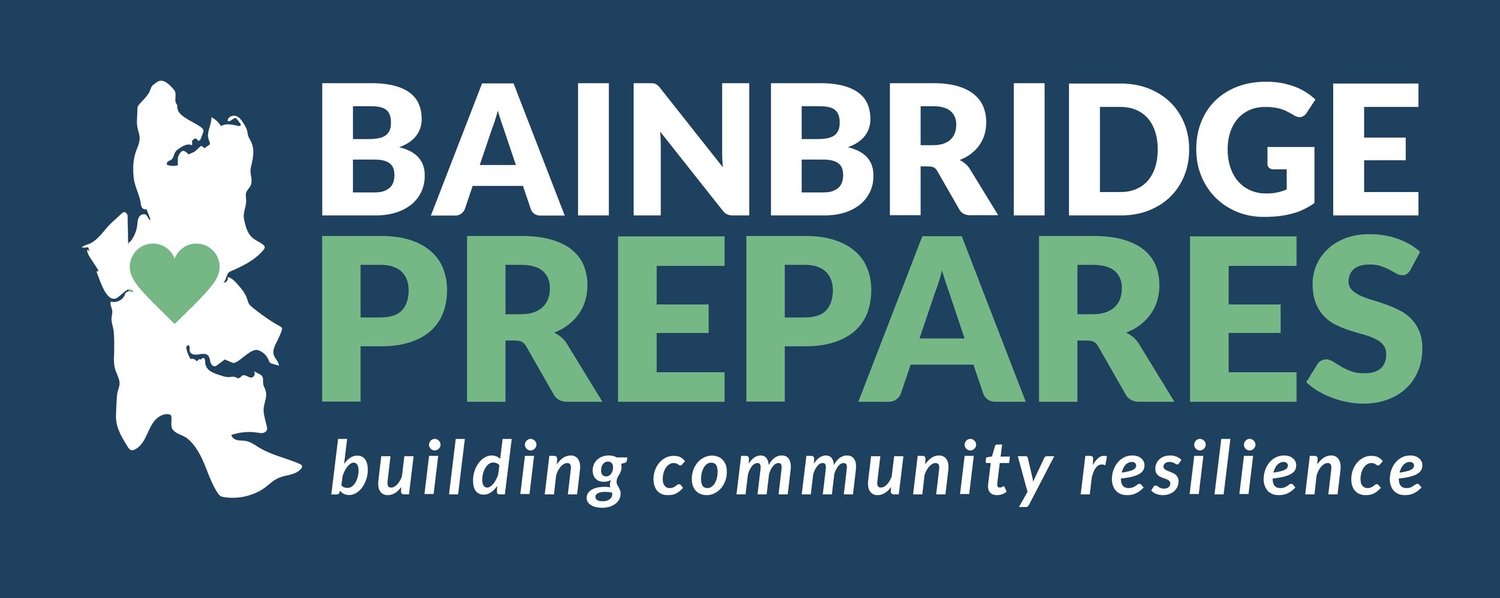Is COVID Over? What Expiration of the Public Health Declaration Means
When the federal COVID-19 Public Health Emergency (PHE) declaration expired on May 11, what it signaled, unfortunately, was not the end of COVID. Instead, it represents the end of the federal government's flexible response to the pandemic, which will result in changes to resource availability and data reporting:
Throughout the pandemic, the federal government purchased and distributed COVID vaccines. It will continue to provide vaccines for the time being. When supplies run out, people will likely need to turn to the private market. In Washington, pediatric COVID-19 vaccinations will continue to be free; COVID vaccines for adults will be covered by most private insurance, Medicare (“Apple Health”), and Medicaid/CHIP; and some local pharmacies and health centers will continue to offer free COVID vaccines to uninsured people.
Insurance companies are no longer required to provide free or reduced cost vaccine tests. The CDC manages a No Cost COVID-19 Testing Locator to assist people in finding community and pharmacy partners participating in the Increasing Community Access to Testing (ICATT) program. ICATT will continue to provide no-cost COVID testing for uninsured people with COVID symptoms or exposure.
Federal supplies of some free medications that prevent a severe COVID response, like Paxlovid, will be allowed to run out. At that point, people will need to pay the prices determined by the manufacturer and their insurance companies. Many local community clinics offer adjusted fees according to household size and income, and they accept Apple Health (Medicaid) or Medicare and uninsured people.
Current federal data metrics will change so that there will be less frequency and availability of the reporting of some measurements. Going forward, the metrics and reporting tools will include the following:
COVID-19 hospital admissions reports will change from daily to weekly and run through April 2024.
The National Vital Statistics System (NVSS) will begin to issue a weekly report on the percent of deaths that are COVID related.
The CDC will issue a weekly report on emergency department visits of COVID-diagnosed patients; only three-fourths of all emergency departments are included in the data.
The CDC will begin to release data on regional-level test positivity from the National Respiratory and Enteric Virus Surveillance System (NREVSS).
The CDC will continue to provide wastewater and genomic surveillance.
The CDC will begin providing monthly, instead of weekly, reports on the number of administered COVID vaccines (includes only the jurisdictions that submit data).
The COVID Data Tracker will no longer highlight COVID cases and deaths. The public can instead access data from the National Notifiable Disease Surveillance System at data.cdc.gov.
Labs are no longer required to report results of COVID testing so this data will no longer be available.
The V-safe post-vaccine tracking system has ended. The public can report post-vaccine complications via the Vaccine Adverse Event Reporting System.
The Public Health Insider offers additional information about resources available to Washingtonians here.

